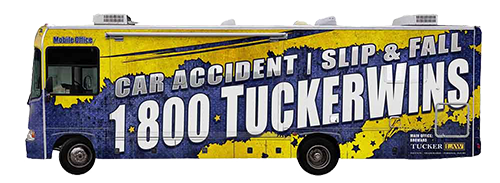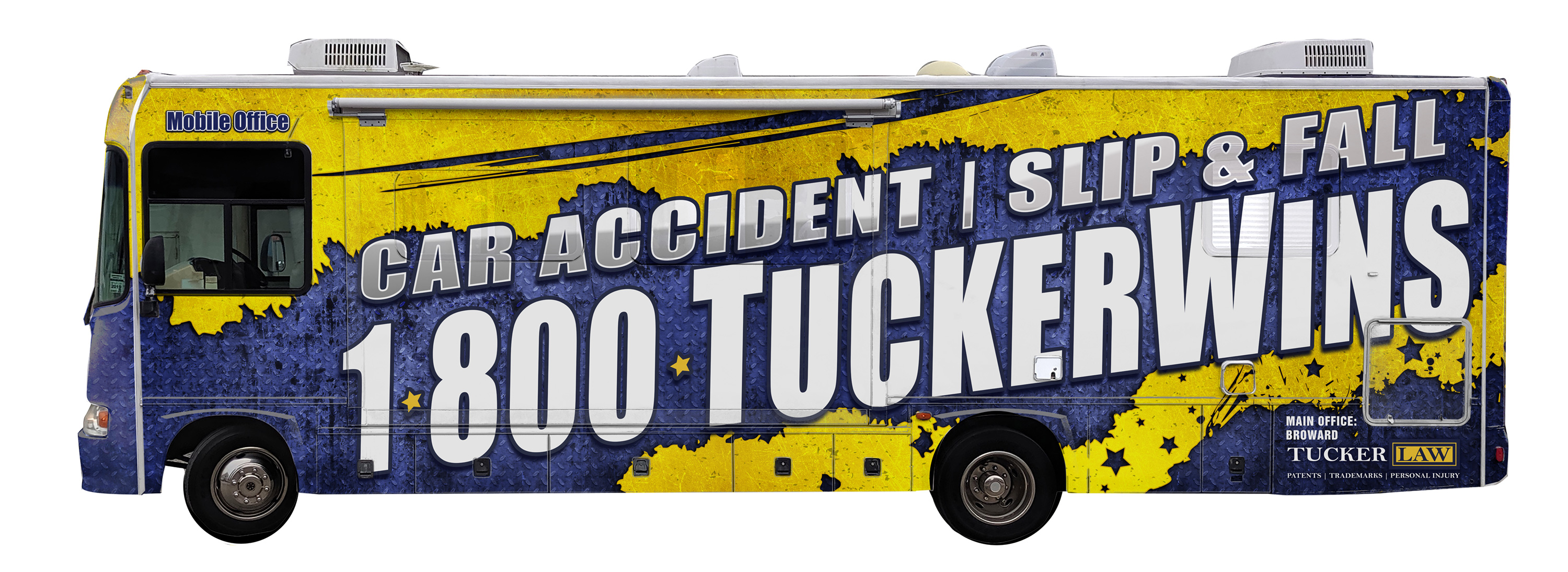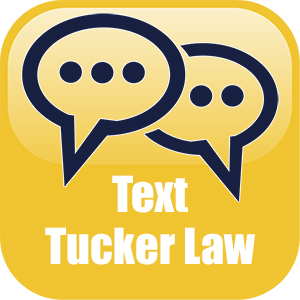

Inter Partes Review Attorney
Tucker Law® is a leader in Inter Partes Review proceedings, as well as other post-grant proceedings. Inter Partes Review is a type of administrative proceeding that allows a third party to challenge the validity of a patent at the United States Patent and Trademark Office (USPTO). Our Firm has a deep understanding of the Inter Partes Review process and are skilled at developing strategies to successfully challenge patents. Attorney Matthew Tucker has obtained successful results in Inter Partes Review resulting subsequently in millions of dollars to his client.
What is Inter Partes Review?
Inter partes review (IPR) is a process for challenging the validity of a patent before the United States Patent and Trademark Office (USPTO). It is an alternative to litigation, which can be costly and time-consuming. IPR provides a way for third parties to challenge the validity of a patent on the grounds that it is not novel or non-obvious, based on prior art that was not considered by the USPTO when the patent was originally granted.
History of Inter Partes Review
Inter partes review (IPR) is a relatively new process for challenging the validity of a patent before the United States Patent and Trademark Office (USPTO). It was introduced as part of the America Invents Act (AIA), which was signed into law by President Barack Obama in September 2011.
Prior to the AIA, the primary mechanism for challenging the validity of a patent was through litigation in federal court. This process could be costly and time-consuming, and many companies and individuals were unable to afford to challenge patents that they believed were invalid.
The AIA introduced several new mechanisms for challenging patents, including IPR, which provides a more efficient and cost-effective alternative to litigation. Under IPR, a third party can petition the USPTO’s Patent Trial and Appeal Board (PTAB) to review the validity of a patent on the grounds that it is not novel or non-obvious based on prior art that was not considered by the USPTO when the patent was originally granted.
Since its inception, IPR has become a popular mechanism for challenging patents. According to the USPTO, over 20,000 IPR petitions have been filed since the AIA went into effect in 2012. It has proven to be a useful tool for companies and individuals who wish to challenge the validity of a patent without the cost and uncertainty of litigation.
How is Inter Partes Review Initiated?
The IPR process is initiated by filing a petition with the USPTO’s Patent Trial and Appeal Board (PTAB). The petitioner must show that there is a reasonable likelihood that at least one of the claims in the patent is invalid based on prior art. If the PTAB decides to institute the IPR, the patent owner has the opportunity to respond to the petition. The PTAB will then hold a trial, during which both parties can present evidence and arguments.
Advantages of Inter Partes Review
One of the advantages of IPR is that it is usually faster and less expensive than litigation. IPR proceedings are typically completed within a year or two, while litigation can take several years. IPR also has a higher standard of proof than litigation, requiring the petitioner to show that it is more likely than not that the patent is invalid.
If the PTAB finds that the patent is invalid, it will issue a final written decision canceling the challenged claims. This decision can be appealed to a federal court, but it is final and binding on the parties.
IPR is a useful tool for companies and individuals who believe that they have been unfairly accused of patent infringement or who want to challenge the validity of a patent that they believe is not novel or non-obvious. It provides a more efficient and cost-effective alternative to litigation and can help to ensure that only valid patents are enforced.
Cost of Inter Partes Review
The cost of an Inter Partes Review (IPR) can vary widely depending on the complexity of the case and the resources required to prepare and present the case. However, IPR is generally less expensive than litigation, which can be a more costly and time-consuming process.
The petitioner (the party challenging the patent) is responsible for paying the fees associated with filing the IPR petition and any additional fees that may be incurred during the proceedings. These fees can include the cost of hiring an attorney, preparing and filing documents, and paying expert witness fees.
The patent owner (the party defending the patent) may also incur costs associated with responding to the IPR petition and participating in the proceedings. These costs may include attorney fees, expert witness fees, and the cost of preparing and filing documents.
It is difficult to estimate the exact cost of an IPR without knowing the specifics of the case. However, the government fee to file an IPR is approximately $20,000. This is down from the original cost of approximately $30,000 when IPR was first introduced.
While the cost of an IPR can be significant, it is generally less expensive than litigation and may be a more cost-effective option for those who wish to challenge the validity of a patent.
FREE Case Review
Inter Partes Review Help
There are several reasons your company may want to consider using an experienced firm like Tucker Law for your Inter Partes Review (IPR) needs. First, we have a wealth of experience in IPR and are well-versed in the processes and procedures involved. We can help clients navigate the legal complexities of challenging a patent and ensure that their interests are protected. Second, we have a track record of success in representing clients in IPR proceedings and can help them present a strong case to the Patent Trial and Appeal Board (PTAB). Third, we can help clients identify potential prior art that may be relevant to their IPR case. Florida Attorney Matthew Sean Tucker is ready to help you or your company with an Inter Partes Review.


Mobile Office

Whether you are injured or have an idea for an invention, Tucker Law has the ability to meet clients anywhere in Florida. Ask our staff about our mobile office. That is why we can meet clients with our 32 foot mobile office anywhere. From driving to the scene of a crash, to meeting with accident victims at their house or other safe locations, our mobile office can help you regardless of your location or your ability to drive.









